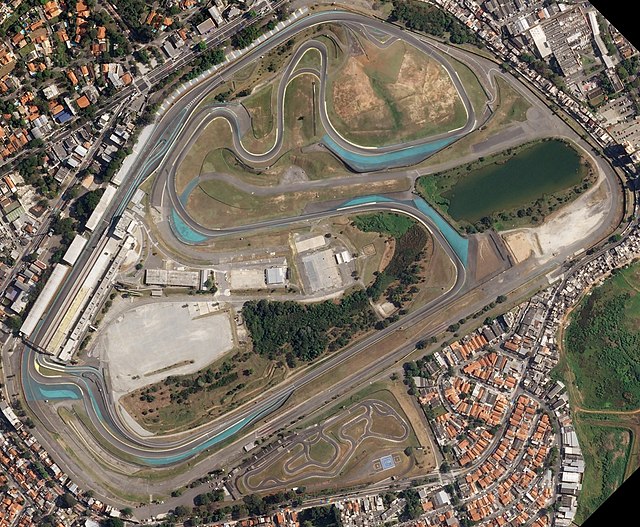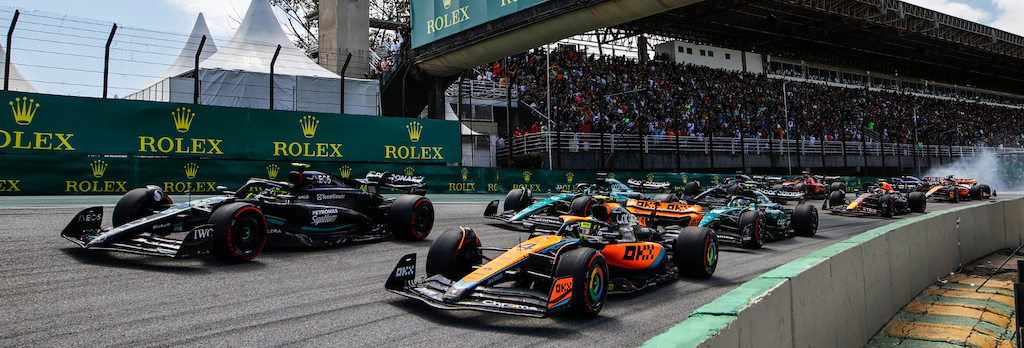
Red Bull finds itself at the center of a curious situation after the FIA amended a technical regulation related to brake systems. This development comes amidst a shift in the 2024 F1 season, where Red Bull’s early dominance has given way to a four-way fight with McLaren, Ferrari, and Mercedes.
The Spark: A Suspicious Retirement in Melbourne
The root of this controversy lies in Max Verstappen’s unexpected retirement during the Australian Grand Prix. Forced to park his RB20 on lap 3 due to a right rear brake issue, this incident reportedly raised concerns among FIA technicians. The unusual nature of the failure, coupled with Red Bull’s strong start to the season (4 wins in 5 races), piqued the FIA’s interest.
The FIA's Response: A Swift Rule Change
Following the Australian GP, the FIA unanimously voted to rewrite Article 11.2.1 of the technical regulations. This action is rare, as minor changes during the season typically happen via technical directives. The lack of protests from other teams or official investigations suggests the FIA acted on suspicion, believing the existing rule allowed for exploitation. Notably, this amendment received little attention compared to other regulation updates.
What Changed in the Regulations?
The original Article 11.2.1 focused on the symmetrical application of braking forces across both front and rear axles. It stated: “The braking system must be designed in such a way that, for every single braking event, the forces applied to the pads are of the same intensity and act in a perfectly opposite manner on the specific brake disc.”
The updated version adds a crucial clarification: “Any system or mechanism capable of systematically or intentionally producing asymmetrical braking forces on one of the two axles is prohibited.” This suggests the FIA suspected a team, likely Red Bull, of employing a loophole rather than blatantly breaking the rules.
The Speculation: A Mystery Valve and Its Effects
The focus of speculation centers on a potential T-valve located within the rear axle. This valve, theorized to be movable (left or right), could potentially alter brake pressure distribution between the rear discs based on cornering G-forces.
This theory, detailed by technical analyst Craig Scarborough, aligns with the FIA’s rule change. Notably, this system wouldn’t necessarily impact braking safety or precision but could influence car handling and potentially tire wear, according to Scarborough.
What Happened Next?
The alleged use of this system by Red Bull reportedly continued until the Chinese Grand Prix. Following this race, Max Verstappen’s complaints regarding car handling supposedly increased, coinciding with Red Bull’s diminishing dominance. Additionally, Sergio Perez’s performance supposedly dipped after the Chinese GP, with his struggles particularly evident at corner entry – potentially related to the braking system.
The Bottom Line: Unconfirmed, Yet Impactful
While neither Red Bull nor the FIA have officially confirmed the existence or use of such a system, the rule change raises eyebrows. Importantly, such a system would have been legal under the initial regulations.
The consequences of this situation are a more wide-open F1 season. With Red Bull’s early dominance curtailed, the upcoming races promise to be exciting and unpredictable.
Sir Lewis Hamilton — Formula 1 Profile, Stats, and Career History
Sir Lewis Hamilton Full Name Sir Lewis Carl Davidson Hamilton...
Read MoreAutódromo José Carlos Pace: Inside the Legendary Interlagos Circuit
Where Passion Meets the Pavement: Setting the Scene The Autódromo...
Read MoreDid Felipe Massa Lose the 2008 F1 Title Unfairly? Inside the Court Case Shaking Formula 1
The drama of the Formula 1 World Championship rarely concludes...
Read MoreBrazil’s Formula 1 Legacy: Every Brazilian F1 Driver and Their Impact on the Sport
O País do Automobilismo (The Country of Motorsport) Brazil’s relationship...
Read More









